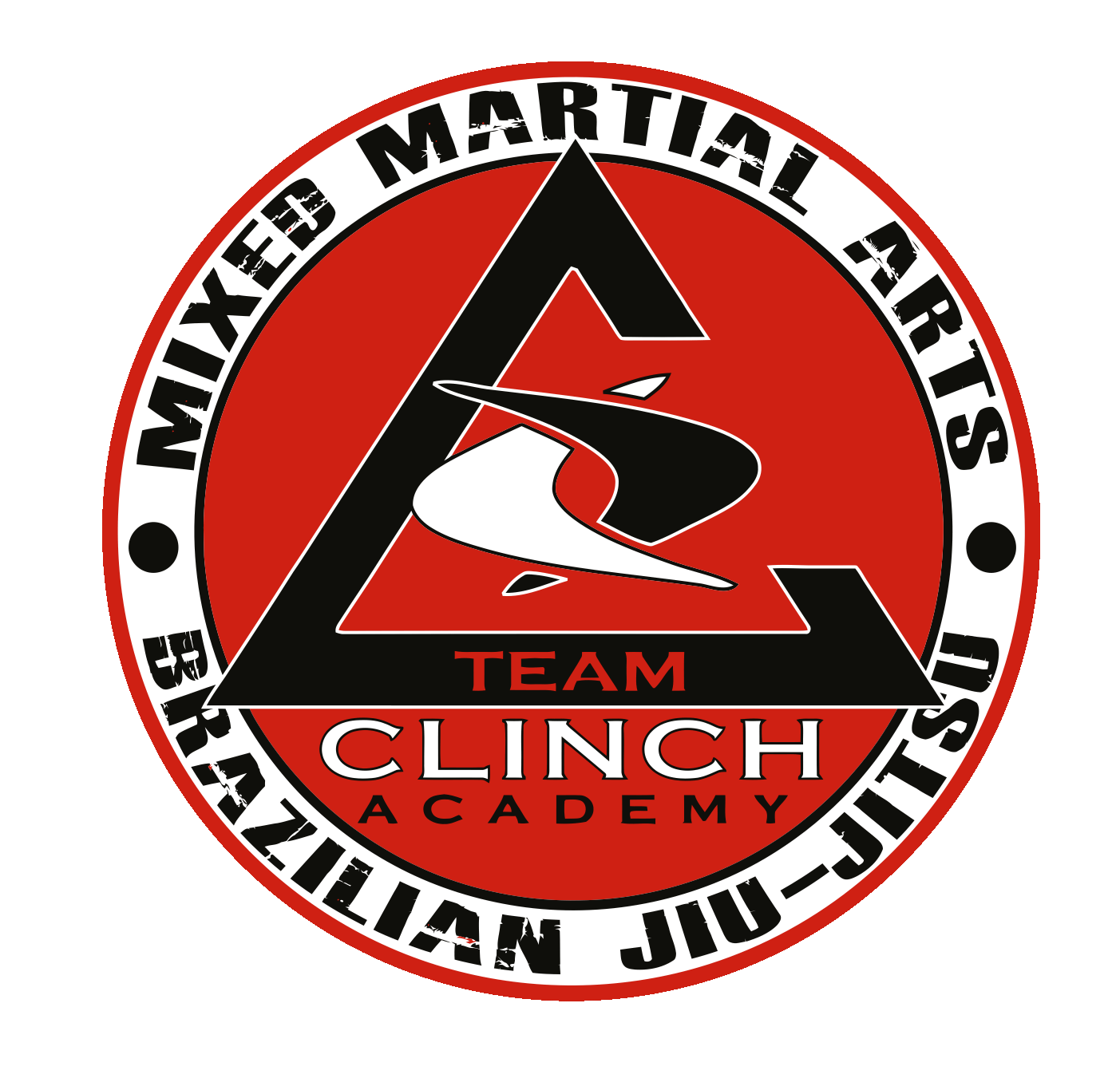How to Gain the Most with your Training Partners
If you have read my home page or e-mails you will have gotten a general idea of what I am about to explain. In this blog I am going to go a little deeper into the concept of how to EXCEL QUICKLY in your jiu-jitsu game NO MATTER what LEVEL training partners you have. Generally in Jiu-Jitsu, there are 3 basic levels in comparison to yours.
1. Lesser Skilled
2. Equal Skilled
3. Greater Skilled
When a lesser skilled partner is rolling with a greater skilled partner, realistically, the lesser skilled partner is always practicing defense while the greater skilled partner is working offense. Of course the greater skilled partner can allow the lesser skilled partner to work offense but an allowed offense and an allowed defense will never be the same as that which has to be forced.For instance, I can allow a lesser skilled opponent to be offensive on me and I can learn and gain from that experience but it will never be the same as when my opponent is forcing me to defend. On the same note an offense that is allowed will be the same as an offense that is created and established by enforcing your will on another.
When two equal skilled partners roll or drill, the offense and defense goes back and forth and the end of the match is unpredictable. This is great for the emotional or mental part of the game. The roller coaster of action often causes a lot of thoughts to cross through your mind as you roll and it helps to mimic how you will feel in competition. This trains you to stay focused no matter what the situation. If you roll with a higher belt it is not as emotional when you get tapped or put in bad situations because it is expected. So in short,
- Rolling with a greater skilled partner builds your defense
- Rolling with a lesser skilled partner allows you to practice your offense
- Rolling with an equal skilled partner allows you to work both and often creates more of an emotional roller coaster.
Some people say that you should roll with higher levels all the time if you want to get better but I think all three are equally important.
Because this is the natural flow when rolling it is important create drills that can break this natural flow when paired up with unequal leveled partners. Here are some different situations that may occur when training.
Situation # 1
You are lesser skilled and paired with a higher skilled partner.
When it is your turn to pick a drill it would be silly to practice something like mount escapes against a partner who can hold you there all day. They have two options. One is to hold you down all day and the other is to make you work and eventually let you out. Neither one of those options really benefit you. It would be much smarter for you to put the greater skilled opponent in a more vulnerable situation so that you can make them work a littler harder and so that you can engage a little more. A good option might be to start in a submission and try to finish it. You should at least start in a solid offensive position.
Situation # 2
You are greater skilled and paired with a lesser skilled partner.
As a greater skilled partner you can look at this in two different ways.
1. Create a scenario with the lesser skilled partner that allows you to work on that specific technique in a live drill. This will give you the ability to relax while focusing on the technique you wish to improve on. If your trying to improve on a new technique it may be very difficult to stay within the parameters of that technique against some who is equal or greater skilled. With a lesser skilled partner you can really take the time to study and enhance your technique even in a live drill.
2. Limit your options so that you are forced to work harder.
A good example of this might be a guard drill where your lesser skilled partner is trying to pass your guard and you are unable to use your arms. Grab your lapels and tuck your elbows and try to sweep or submit your partner without using your arms while they try to pass using all they have. This will benefit both partners because you will have to work harder to defend and your limitations will allow for you partner to be more active in passing your guard. You can create many drills like this. You could simply roll and only allow for yourself to do one submission. Preferably a complicated one.
Situation # 3
You and your partner are equally skilled.
In this situation you can do just about anything because there is always the possibility that you can escape or that you can finish your partner given any situation. One thing that I think is always a good option with equal skilled partners is positional drills. When two opponents are really close in skill it is often hard to establish and maintain really solid positions. So in this situation it is always a good time to practice drills that focus on establishing and maintaining positions.
These are just some brief ideas to get you thinking about how to get the most out of your training partners. These ideas are meant for mainly mixed group sessions such as open mats that allow for some freedom in your training. They are made to help counter what happens naturally when you are paired up with a different level opponent. If you are purposeful in your training you can always gain from ANY training partner and they from YOU.
